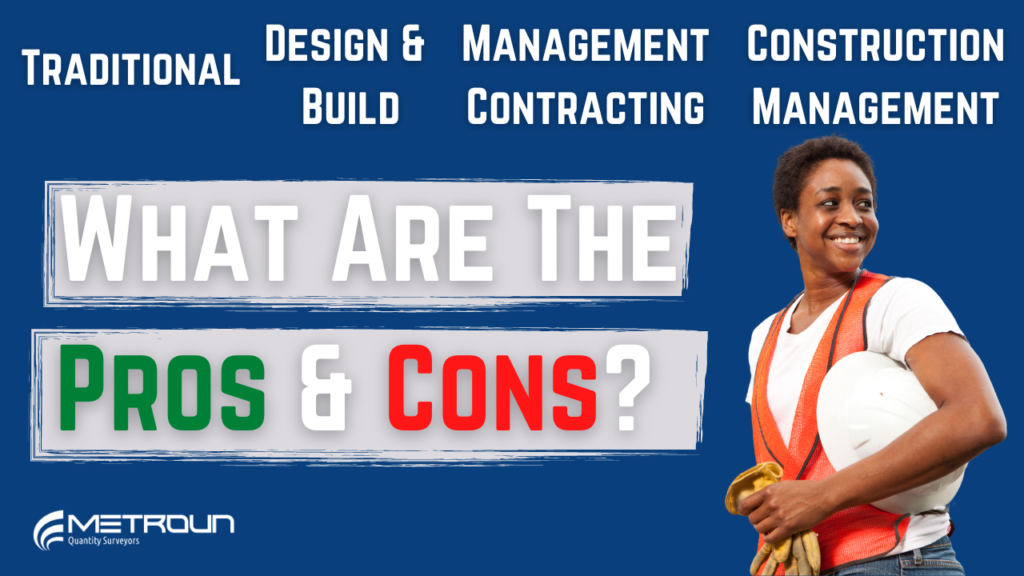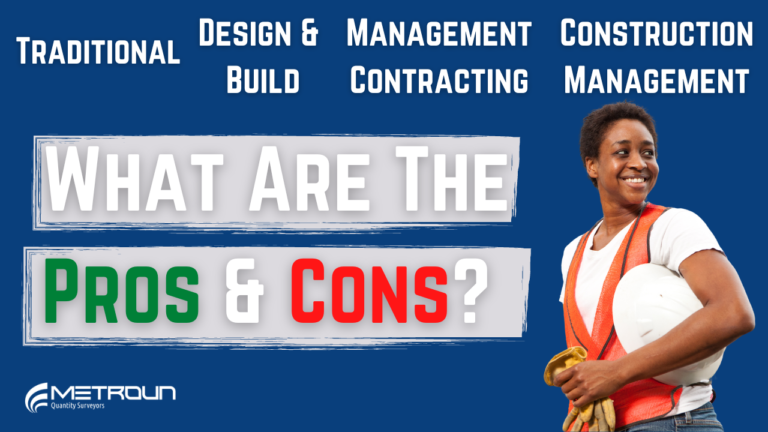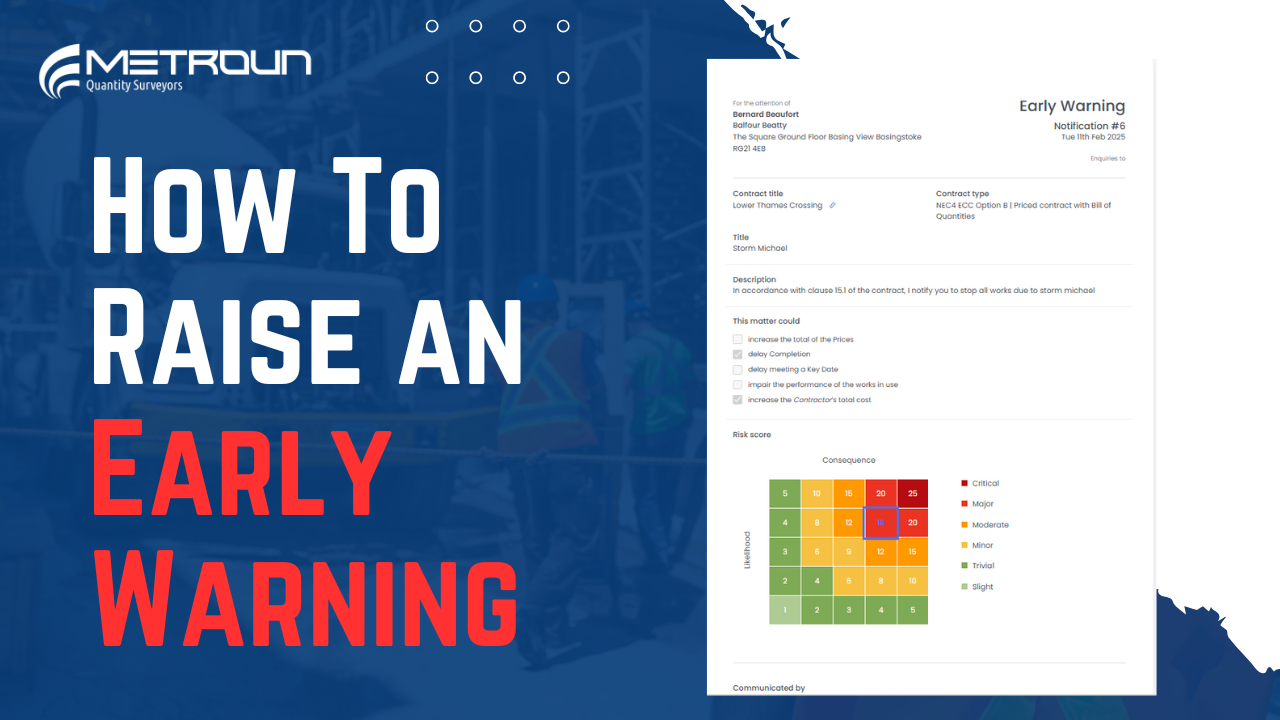A choice every employer will have to make when considering a construction project is what procurement route to choose. If you’re a QS, it’s often your job to advise the client on what route they should take. The preferred decision will differ, depending on the clients circumstance, aims and objectives. In this article we’re going to compare to 4 most common procurement routes and explore the pros and cons for each.

We’ll start with traditional procurement route. Perhaps called traditional due to it’s usage dating back to Victorian times. Under this method an employer would engage a contractor to carry out the construction of a project, in accordance with the design produced by the employer’s professional team. Throughout the construction, the client’s design team holds responsibility for the design while the contractor holds responsibility for the construction.
Pros to this route include:
· Client has greater control of design
· There is greater familiarity of this route between construction parties
· If the design is fully scoped before tendering then greater cost certainty is achieved
Cons to this route include:
· Due to the split responsibility of design and construction, disputes can often arise on where the fault lies for defects
· Time – construction life cycle is elongated as the client has to engage multiple parties and ideally the design needs to be complete before engaging a contractor
Next we have design and build – there are various forms of design and build contracts. However, the general concept remains the same, the contractor has both responsibility for design and construction of works. Under integrated design & build, the contractor undertakes the design and construction based on a set of requirements from the employer. Under novated design & build, the employer hires a design team to complete the design before it is “novated” to the contractor during construction who will assume design responsibility.
Pros to this route include:
· There’s a single point of contact for both the design and construction of a project enabling greater project efficiency
· Time – the works can start before the design is complete, meaning an earlier start on site
Cons to this route include:
· Lack of design control for the employer
· Contractors can often compromise on design to bring the cost of a project down
· Greater responsibility Is placed on the employer to be clear with their design requirements
Moving on we have management contracting. Similarly to traditional route, the design is carried out by a professional team appointed by the employer. However, under management contracting the employer also appoints a management contractor to manage the construction works. The management contractor, does not carry out any of the works themself. However, they engage a series of subcontractors who they manage and coordinate. They are paid an agreed fee and reimbursed for the cost incurred to manage the subcontractors.
Pros to this route include:
· Client can retain control of design while drawing on the experience and expertise of the management contractor
· The client can move risk of procurement and delivery to the management contractor
· Design and construction can be overlapped allowing earlier start on site
Cons to this route include:
· This method is not suited for inexperienced clients
· Total risk cannot be transferred to the contractor
· There is less cost certainty for the employer
And lastly we have construction management. This is a slight variation to management contracting. Under this route a construction manager is employed to manage the construction works. Unlike management contracting, the construction manager is a member of the client’s team who will advise on the construction as well as manage it. The contractor and subcontractors are directly employed by the employer, meaning the construction manager holds no risk for the works above his reasonable skill and care. The construction manager is paid a fee for their services.
Pros to this route include:
· Client’s involvement is much higher when compared to other routes. This can promote a better working relationship with the project team
· The Client has a direct contract with the subcontractors, thus improving subcontractor’s cash flow
· More opportunity for value engineering
Cons to this route include:
· Client must involve themselves into all course of works, they’ll need to manage both the construction manager and design consultants
· There could be a lack of available specialists in the project team
· Risk to the client is high as they will be in direct contract with subcontractors
Why not watch our video on this topic:










